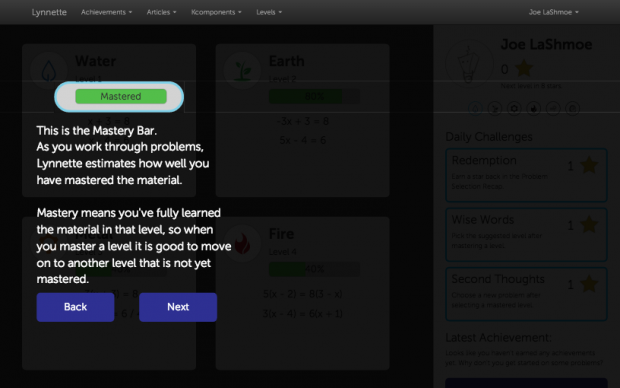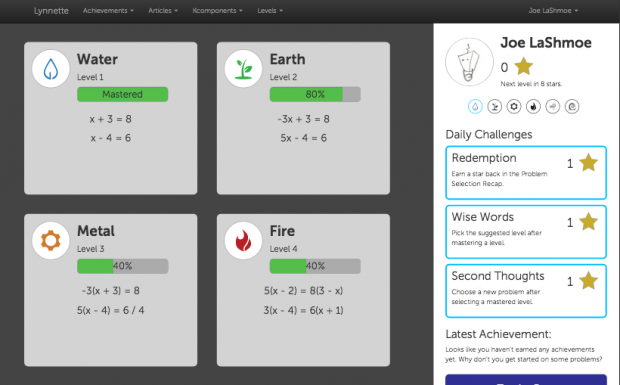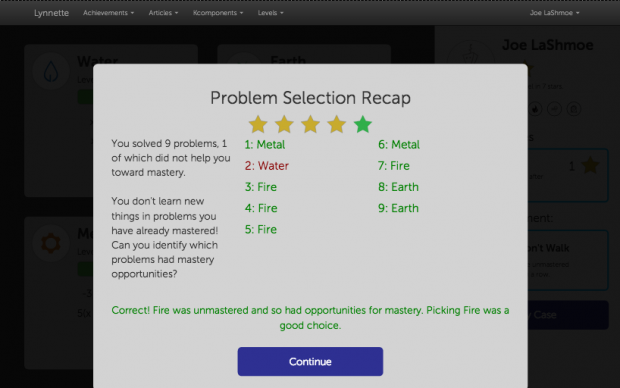Hi all,
I’m Zack Aman, and I’m in the Master’s of Human-Computer Interaction program here at Carnegie Mellon. I did my undergrad at the University of Virginia where I double-majored in Computer Science and Religious Studies and minored in Studio Art. I’m interested in the tooling behind creativity, both trying to find new creative uses for existing tools and the development of new tools to aid creation. From a programming standpoint, I’m most interested in input and the avenues humans have to take their vision and make it so.
You can follow me on Twitter at https://twitter.com/@zackaman, and view my GitHub at https://github.com/zya6yu.
I’ve done art and I’ve done programming but I actually haven’t done too much in the way of art programming. You can view my artwork from undergrad at http://www.zacharyaman.com/, though I’m working on rebuilding that site to be a more UX-centric portfolio.
The most recent programming project I worked on was for an independent study with Professor Vincent Aleven and Yanjin Long (HCI PhD Candidate) working on teaching a growth mindset / mastery orientation to kids, which you can view here: https://medium.com/@zackaman/mastery-orientation-motivational-design-in-lynnette-9deaff48bfc6 and here on GitHub. I was responsible for designing, testing, and prototyping the project.


 This project was built using the MEAN.js stack, which consists of MongoDB, Express.js, Angular.js, and Node.js, though mostly I was just working on the front-end with Angular and doing a little bit on the back-end with Express.
This project was built using the MEAN.js stack, which consists of MongoDB, Express.js, Angular.js, and Node.js, though mostly I was just working on the front-end with Angular and doing a little bit on the back-end with Express.
From my post on Medium:
In the words of O’Keefe et al., “A mastery goal orientation refers to a focus on developing competence. With a performance goal orientation, the focus is ondemonstrating competence” (51). That is to say: challenge is healthy and effective learning comes from growth, not from what you already know.
What we want to design are structures that get students out of the continuous rhythm of doing math problems over and over again and instead get students to question, “Which problems should I be doing?” However, we don’t just want to heavily support students in making decisions; we want to affirmatively teach students how to make their own decisions and create transferable selection strategies that are applicable in different domains.